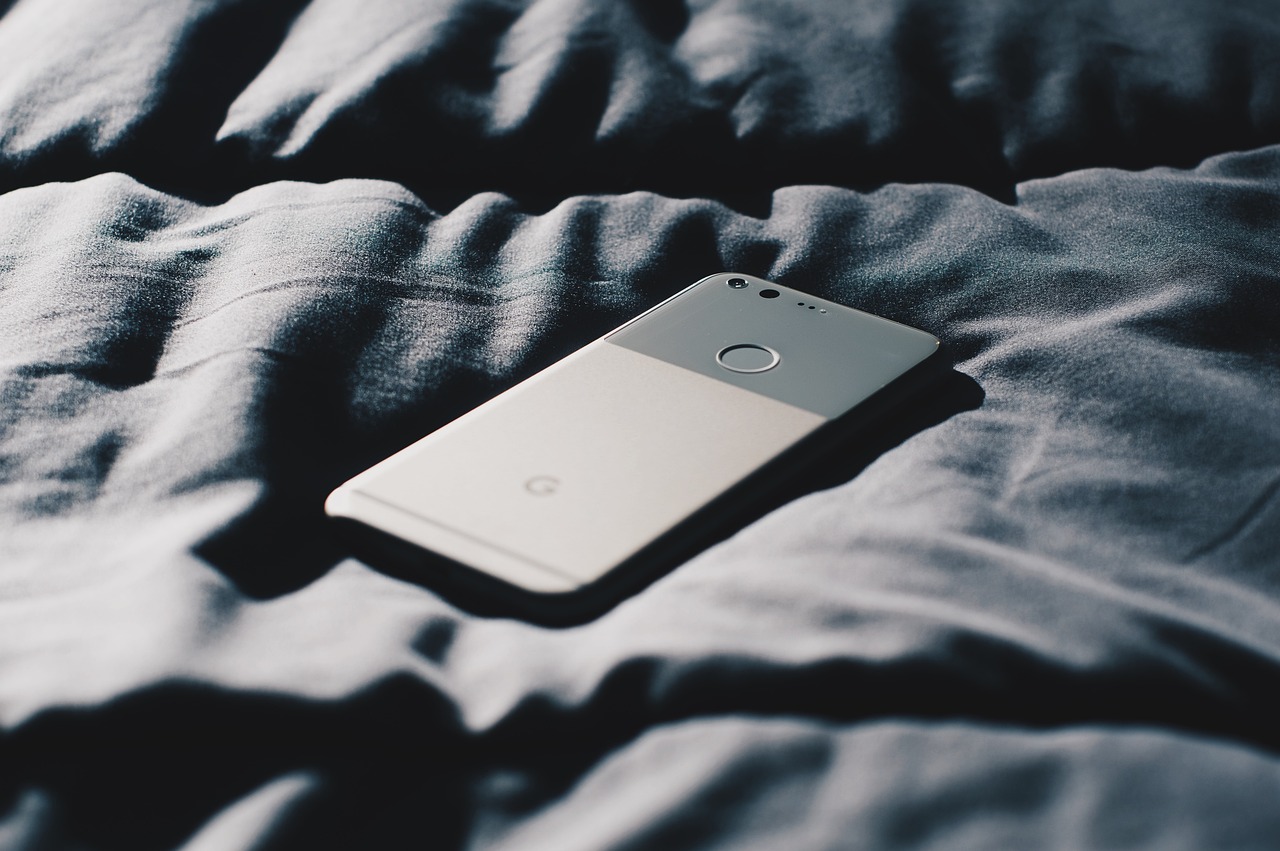New notifications of HIV (the Human Immunodeficiency Virus) have — overall — stabilised in recent years. But HIV diagnoses have also increased in some population groups.
Australia has made great progress in HIV prevention within the gay community. For example, HIV diagnoses in gay and bisexual men in NSW in the first half of 2017 decreased by 31%.
HIV diagnoses in 2017 among heterosexual people, however, grew by 29%.
The rate of HIV diagnosis is also 2.2 times higher among Aboriginal and Torres Strait Islander people than among non-indigenous people born in Australia.
How to get tested for HIV
It’s never been easier to get tested for HIV.
The Dried Blood Spot (DBS) test can be done at home by NSW residents, aged 16 years and over, who are at higher risk of HIV — including heterosexual people. It detects both HIV and hepatitis C, and is free, easy and confidential.
You simply order a DBS kit online here, collect a few drops of blood from your finger, then return the test to a laboratory in a reply-paid envelope.
If you are not eligible for the test kit (check your eligibility here), or if you live outside NSW, you can see your GP or visit any sexual health clinic for a standard HIV test. Use the healthdirect service finder to locate a clinic near you, including clinics that bulk bill.
Prevention is the best way to stop HIV
It’s important to know your HIV status, but preventing new transmissions is crucial. Here are 5 ways to stop HIV:
- Condoms and water-based lube When used correctly, they stop body fluids passing between partners and are most effective when paired with water- or silicone-based lubricants which, unlike an oil-based lube, won’t damage the condom.
- Low or no-risk sexual practices You can still do plenty of things with a partner that pose no or low risk of HIV transmission. Visit the Australian Federation of AIDS Organisations (AFAO) to find out more.
- PrEP (pre-exposure prophylaxis) A pill that’s taken once a day by HIV-negative people to help prevent them from acquiring HIV. PrEP was recently added to the Pharmaceutical Benefits Scheme (PBS), making it much cheaper for Medicare card holders.
- PEP (post-exposure prophylaxis) A treatment taken for 1 month to prevent HIV acquisition in a person who may have been exposed to the virus. While it can still be effective if started within 72 hours (3 days), it’s most effective if started within 24 hours of exposure.
- TasP (treatment as prevention) These treatments suppress the level of HIV (known as ‘viral load’) in an HIV-positive person so their immune system is healthy, and they have an undetectable viral load. This means it’s extremely unlikely the person will be able to pass HIV on to a partner.




